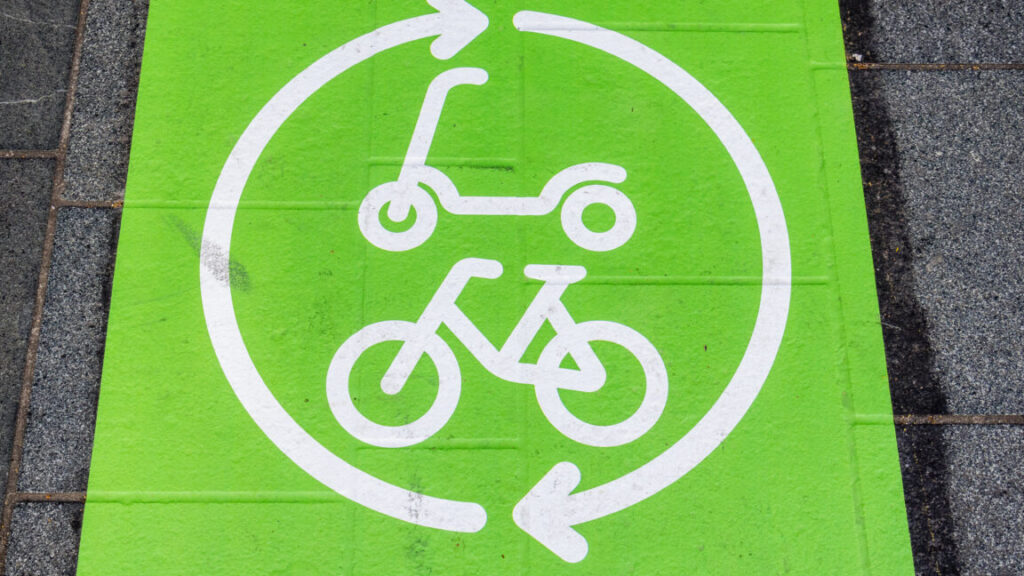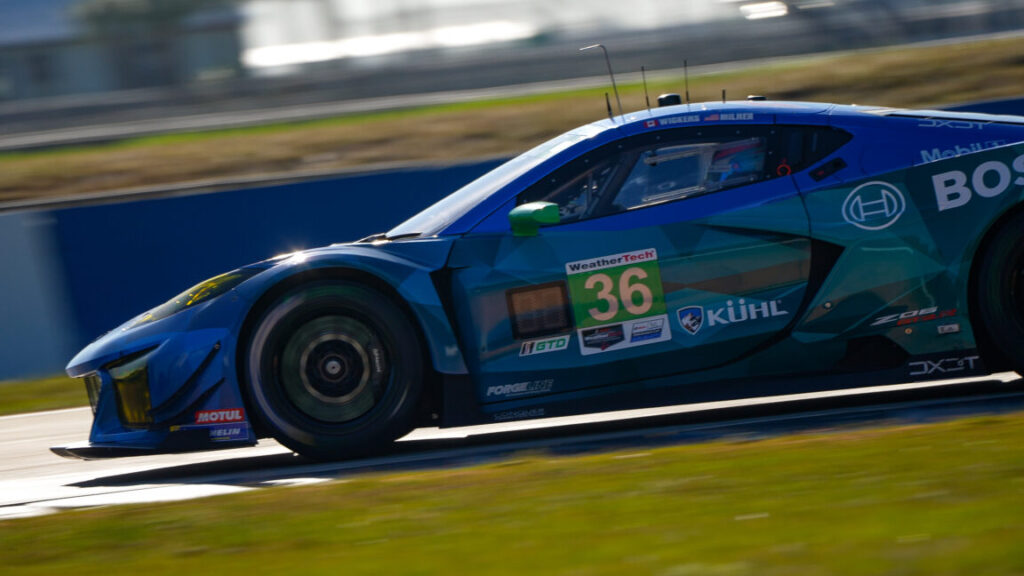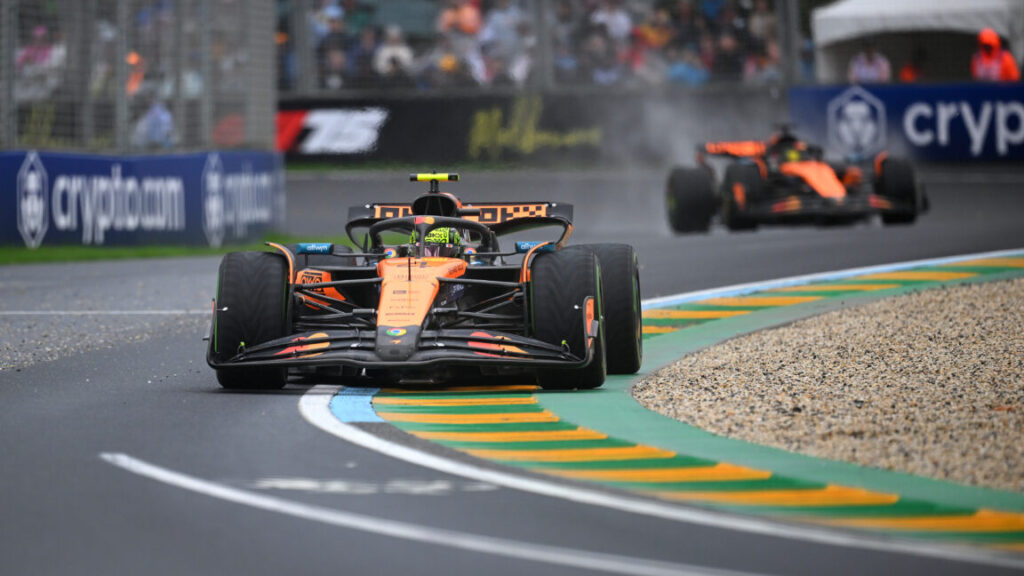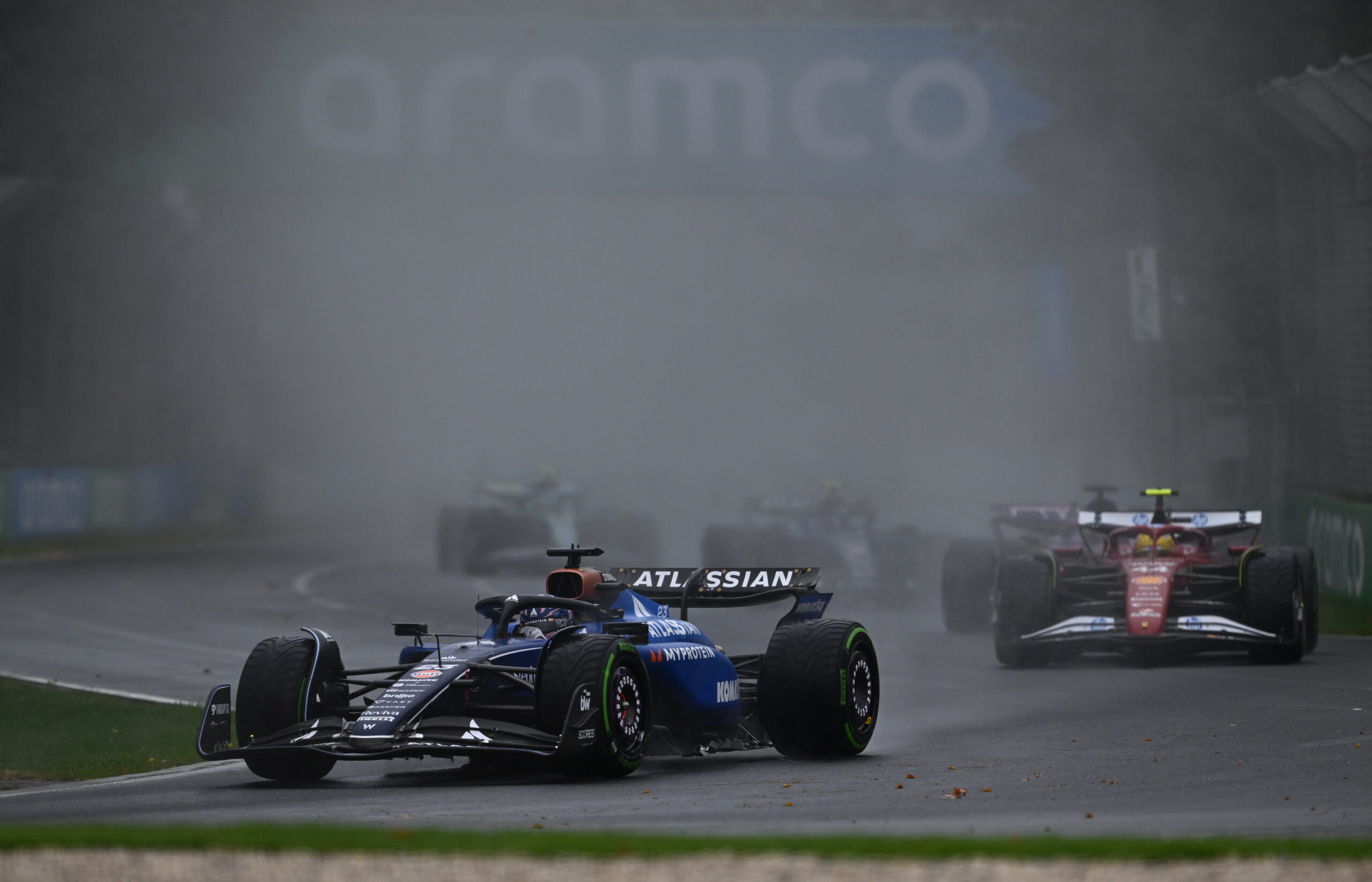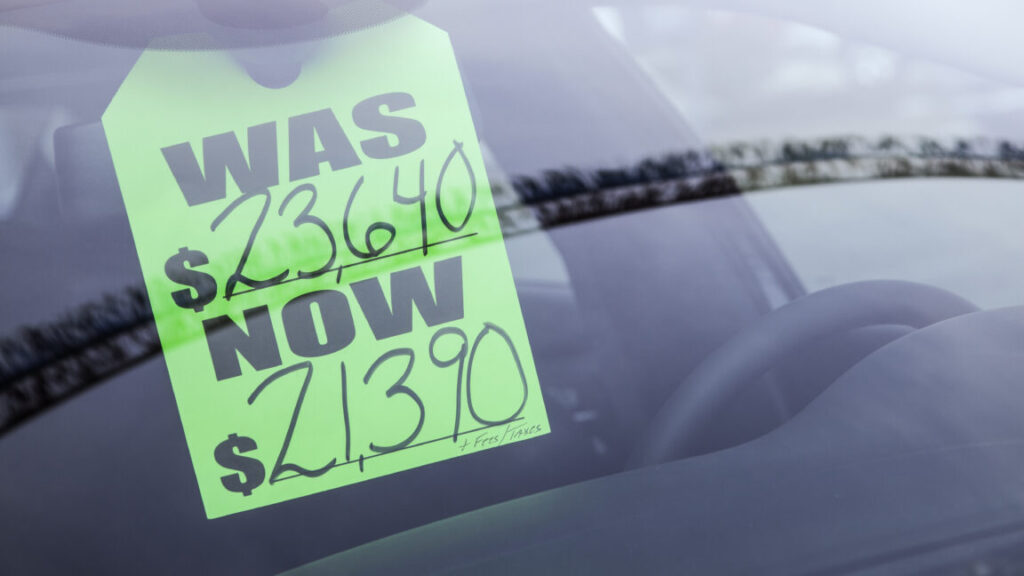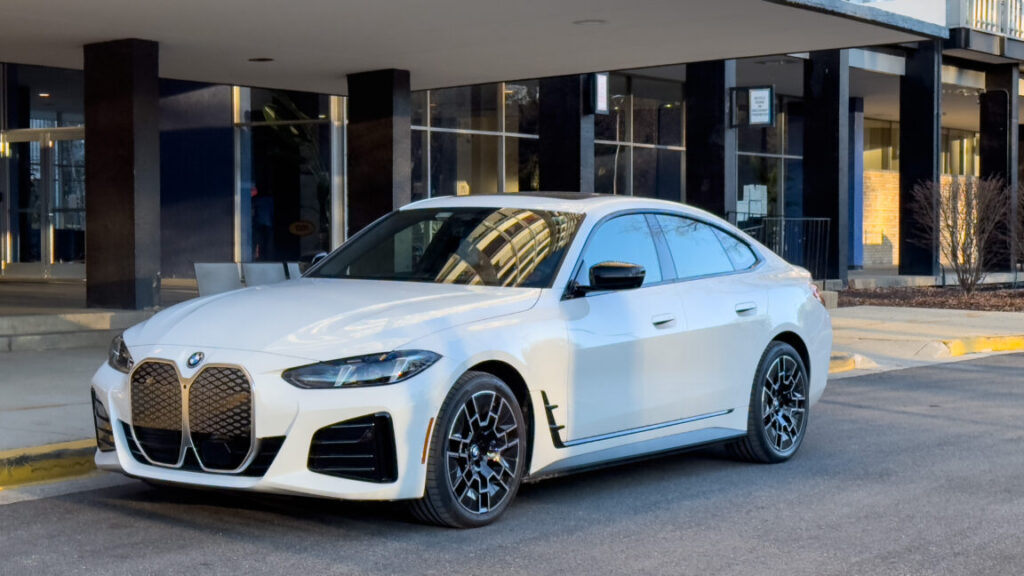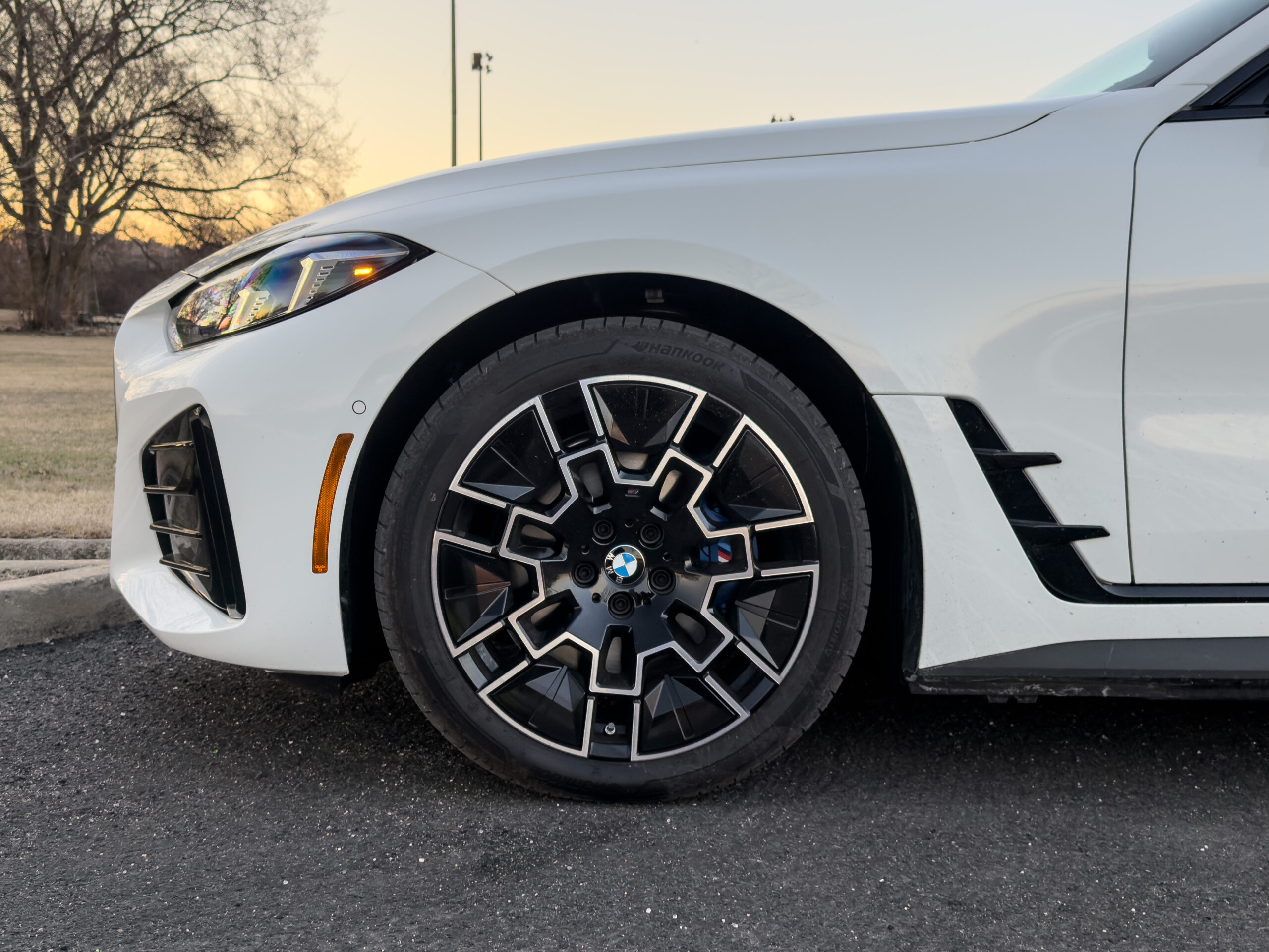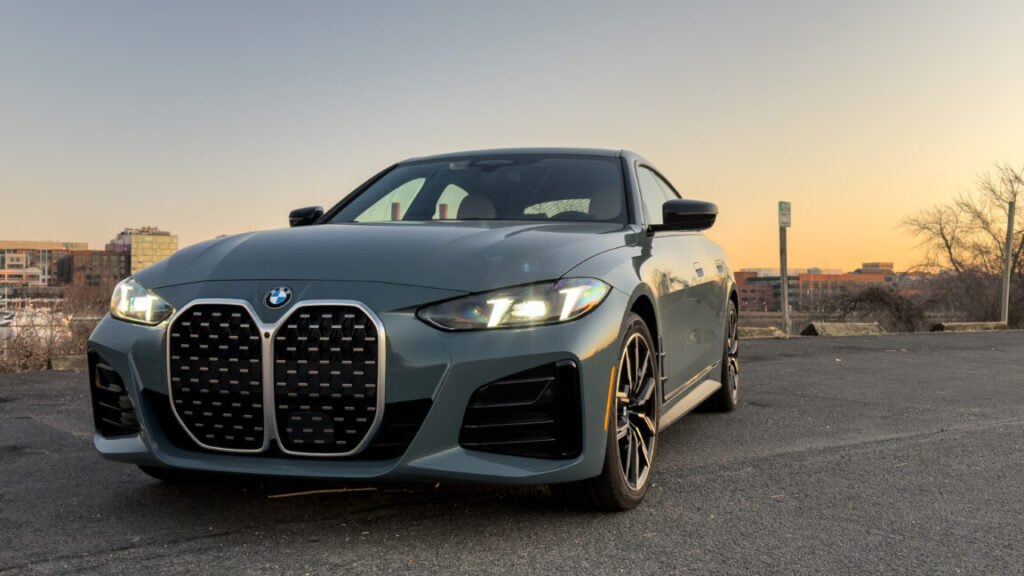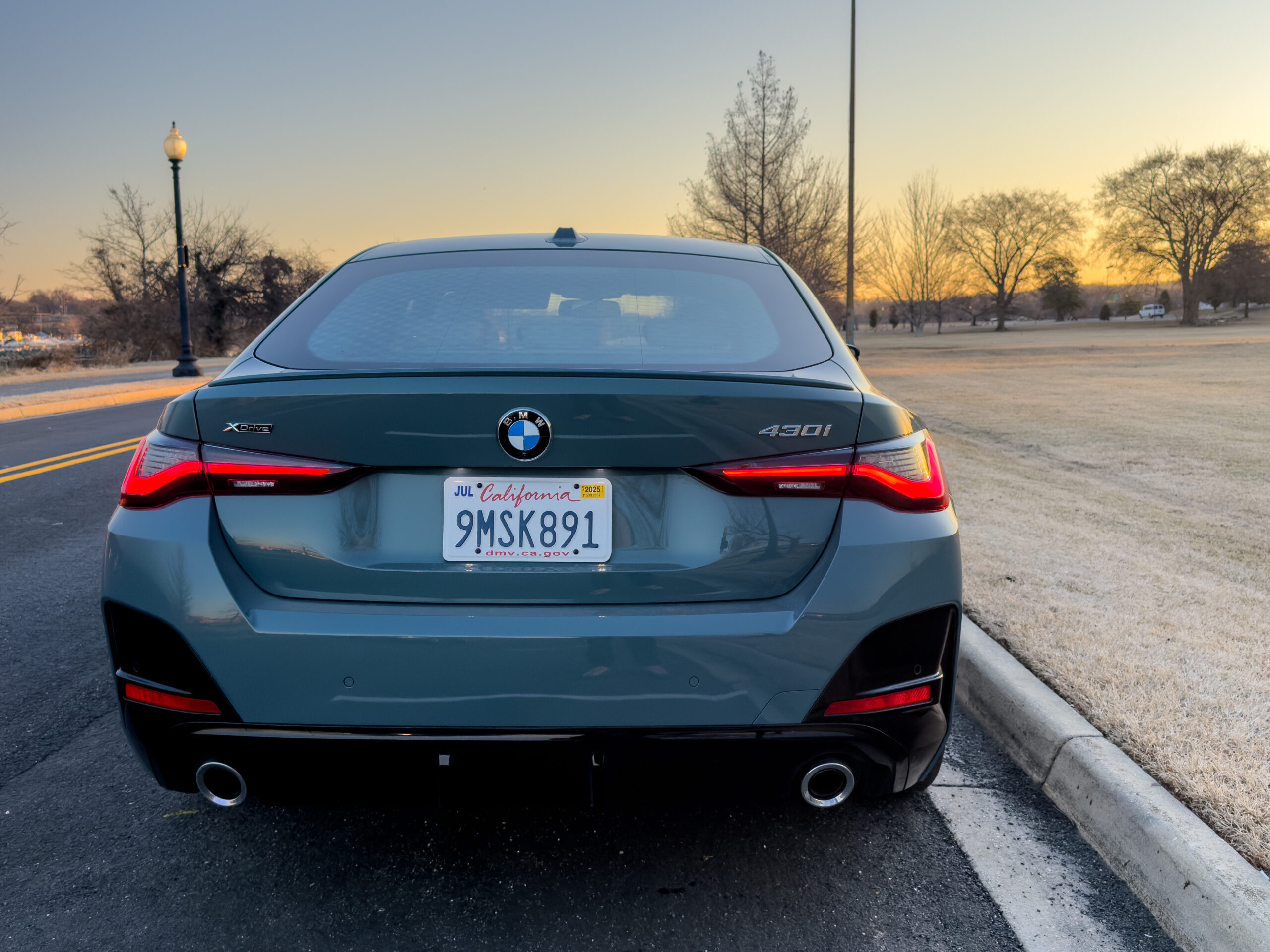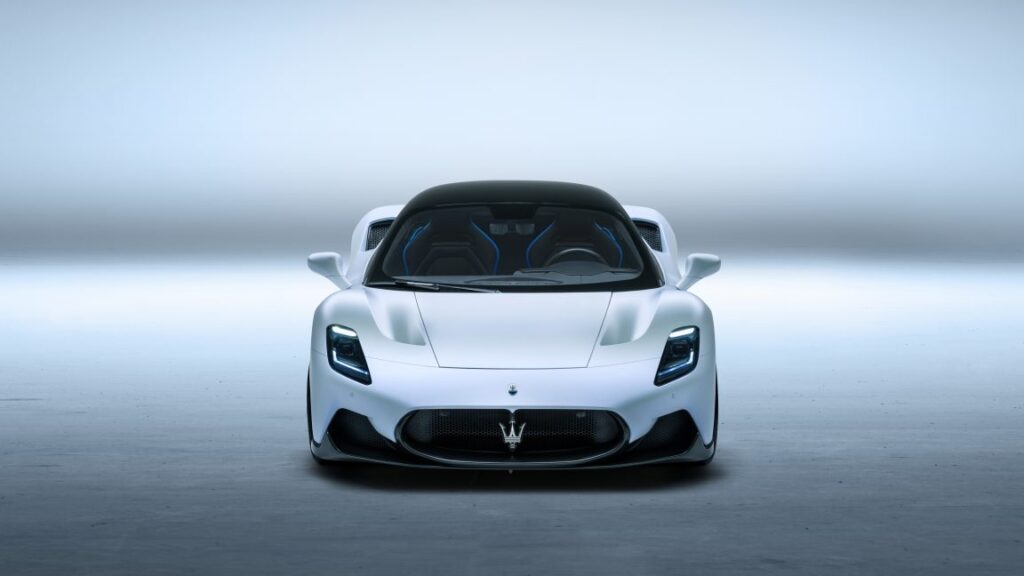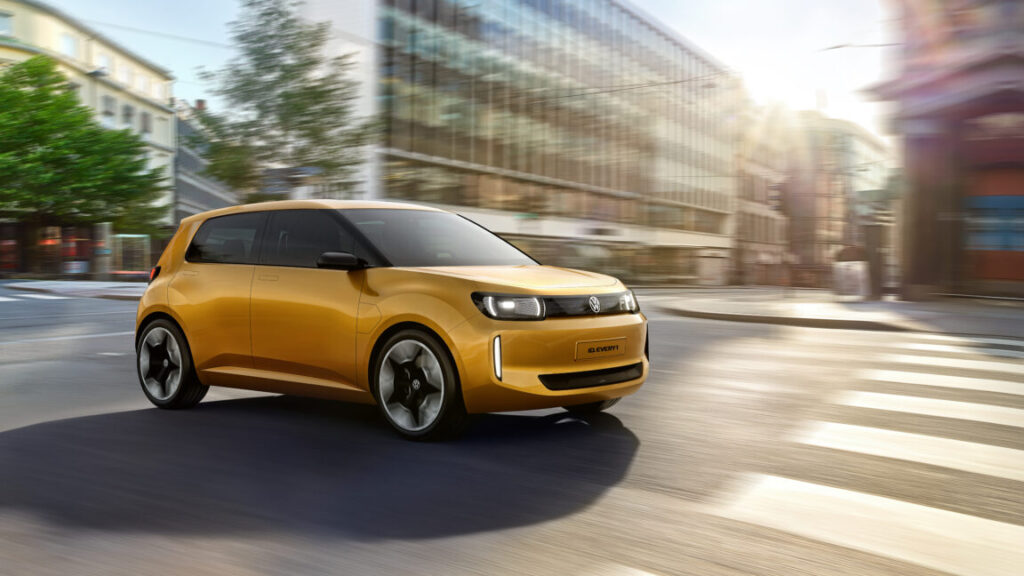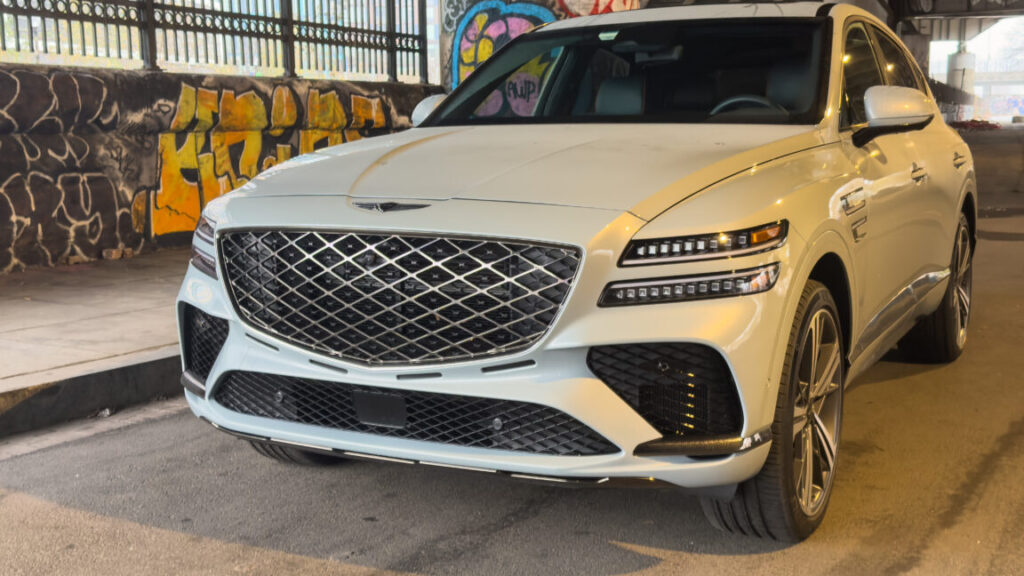Also, a Rivian EV spinoff, wants us to “move beyond cars”
There’s a new “exciting, small EV” on the way, to be launched early next year by Also, a spinoff of the electric vehicle maker Rivian. Details are light on exactly what that product will be, but don’t go expecting a $20,000 electric hatchback or the like—think more like an e-bike. Also will be into micromobility, not competing with Mini or Smart.
Also started out as an internal project to see if Rivian could use its knowledge of electric powertrains, vehicle electronics, and software to build other “small vehicle form factors.” In fact, in 2023, news broke of a Rivian e-bike in the works at Rivian, although it was unclear if it would be something with pedals or more like an electric motorcycle.
Things are still rather vague. Also’s announcement says its “flagship product” will launch in early 2026 and that the company will focus on the US and Europe at first. It will build “an exciting range of electric vehicles that are efficient, sustainable, and delightful to use,” using in-house technology.
But Rivian founder RJ Scaringe told TechCrunch that “there’s a seat, and there’s two wheels, there’s a screen, and there’s a few computers and a battery.”
Since Also doesn’t have the cost of having to buy that tech like most e-bike makers do, it may be able to make its products a lot cheaper.
Also will be independent of Rivian, but Rivian will own a minority stake in the startup, which is also being financed by Eclipse, a venture capital company. Scaringe will be a board member, but Chris Yu, Rivian’s former VP of future programs, will be Also’s president.
Also, a Rivian EV spinoff, wants us to “move beyond cars” Read More »
